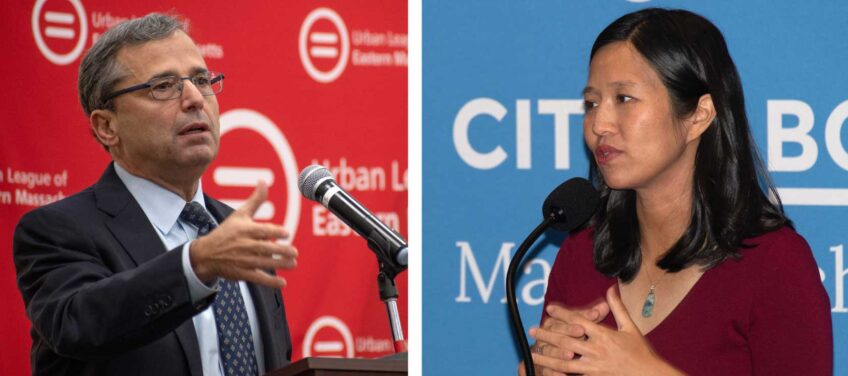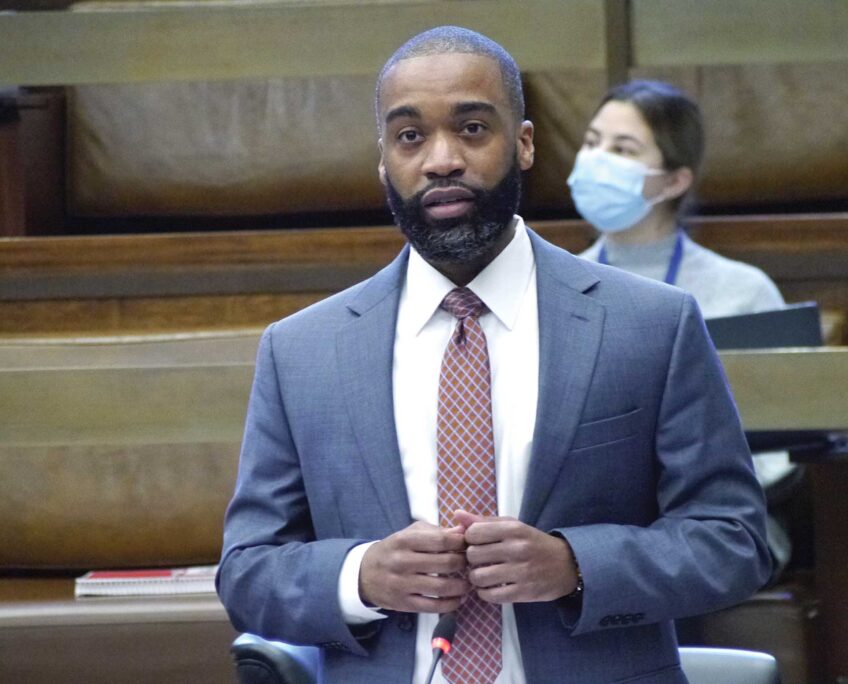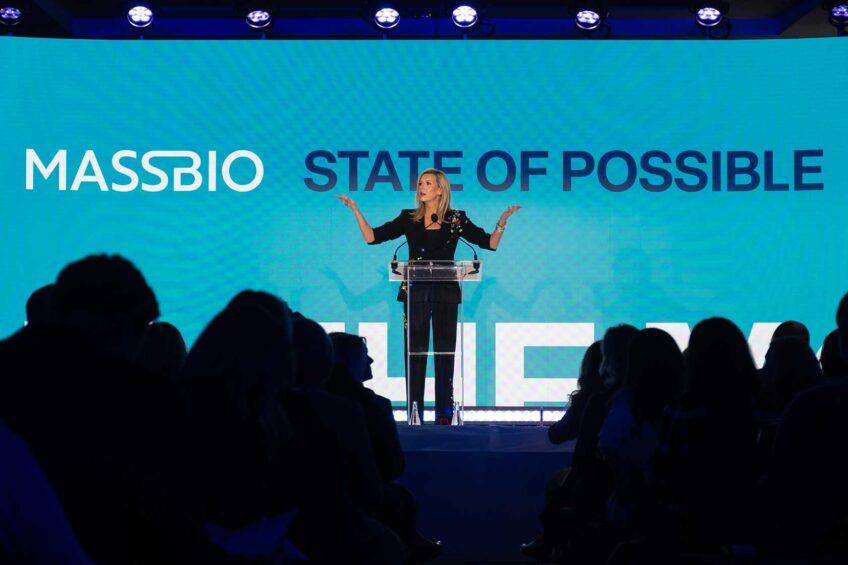Councilor seeks fair housing zoning law
Developers would have to consider impact on an area’s racial balance
The Boston City Council is moving forward with a zoning amendment that aims to make direct changes to assure fair housing for all and prevent displacement.
If implemented, the amendment would require developers in Boston to analyze how a project would affect the demographics of a community. In a working session on Oct. 8, led by District 1 City Councilor Lydia Edwards, community members and members of the real estate industry examined the documents developers would use in the future should the amendment be adopted.
One of those documents is a map of areas in Boston that have the highest risk of displacement, including Dorchester, Mattapan, Roxbury and parts of East Boston, Allston and Brighton.
Accompanying the displacement analyses, there is an assessment tool that’s intended for developers to break down the effects of a development on each community.
“It’s a snapshot, and then a demand for them to explain how they’re going to affirmatively further fair housing or create an affirmatively integrated community,” Edwards told the Banner.
In the four sections of the Affirmatively Furthering Fair Housing/Displacement Assessment, developers are required, for each building, to report on how they will integrate existing community members and how their buildings may contribute to displacement.
This new commitment to fair housing is based on the Obama-era fair housing rule that required local jurisdictions to take action against developments that further segregate and displace communities. The Affirmatively Furthering Fair Housing provision the Obama administration created withheld HUD funding from communities that didn’t pursue plans to eliminate segregated housing. It was eliminated by the Trump Administration on July 23, 2020.
“To affirmatively further fair housing is a moral obligation, and a federal one,” Edwards said. “The Trump Administration has decided to walk away from it, but the city of Boston is leaning into it.”
This is the fifth session the Council has had this year for an amendment that is nearly done, but Edwards said it was the first session that developers attended. One of them was Tamara Small, CEO of NAIOP Massachusetts, which represents the interests of commercial real estate across the state. Small brought up a few changes on behalf of the corporate members of their chapter.
She said the group is committed to pursuing equity in future Boston developments, but wants to know how to fulfill the requirements on the zoning board’s new timeline with this amendment.
“NAIOP believes that equitable, affordable, and accessible housing is critical to economic stability and community vitality,” Small read from the group’s statement at the hearing. “The industry creates hundreds of new units of housing every year and is dedicated to ensuring that residents in Boston have access to these units, regardless of historic neighborhood discrimination and segregation.”
The changes NAIOP submitted are largely for clarification purposes, or changes in wording that do not substantially alter the goals of the amendment. For example, they want to give the BPDA a definite review period of 90 days after the fair housing assessment is submitted. The amendment currently reads “no sooner than 60 days.”
All changes are currently being considered, and later, the City Council will vote on a revised amendment. After that, it goes to the BPDA, and then to the Zoning Board.
“This was the first working session that the developers decided to come to,” said Edwards. “I’m happy that they did … and I want to reiterate that they are committed to this, to the spirit and the goal.”






